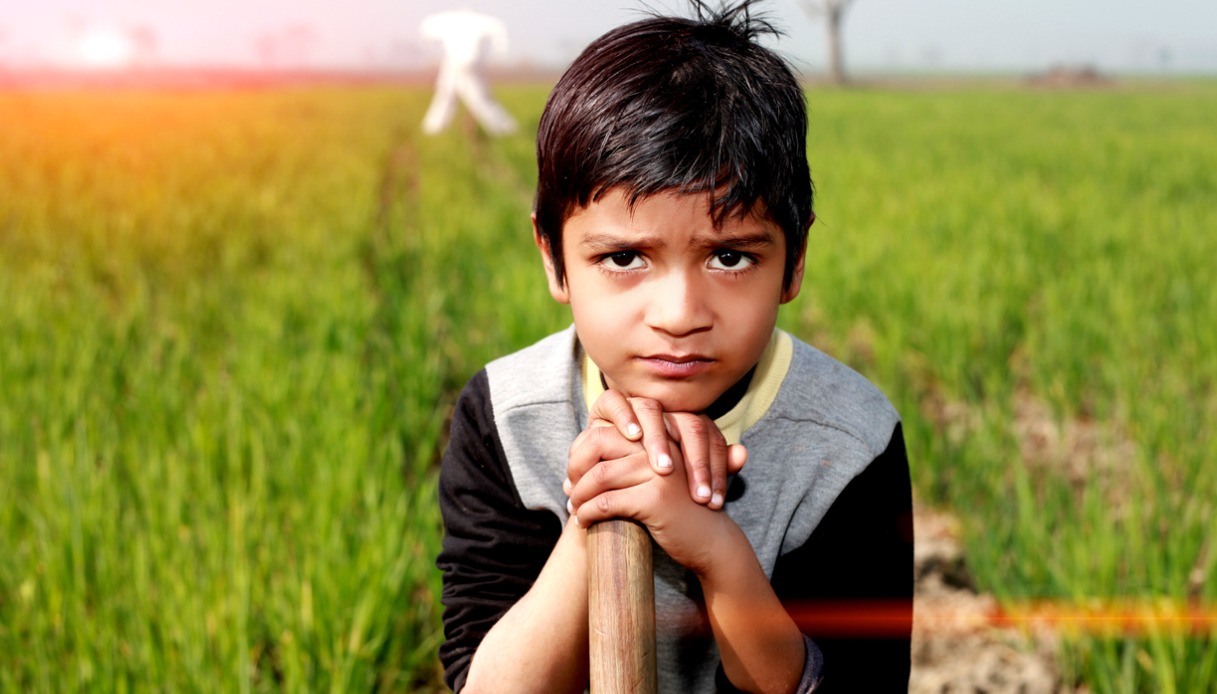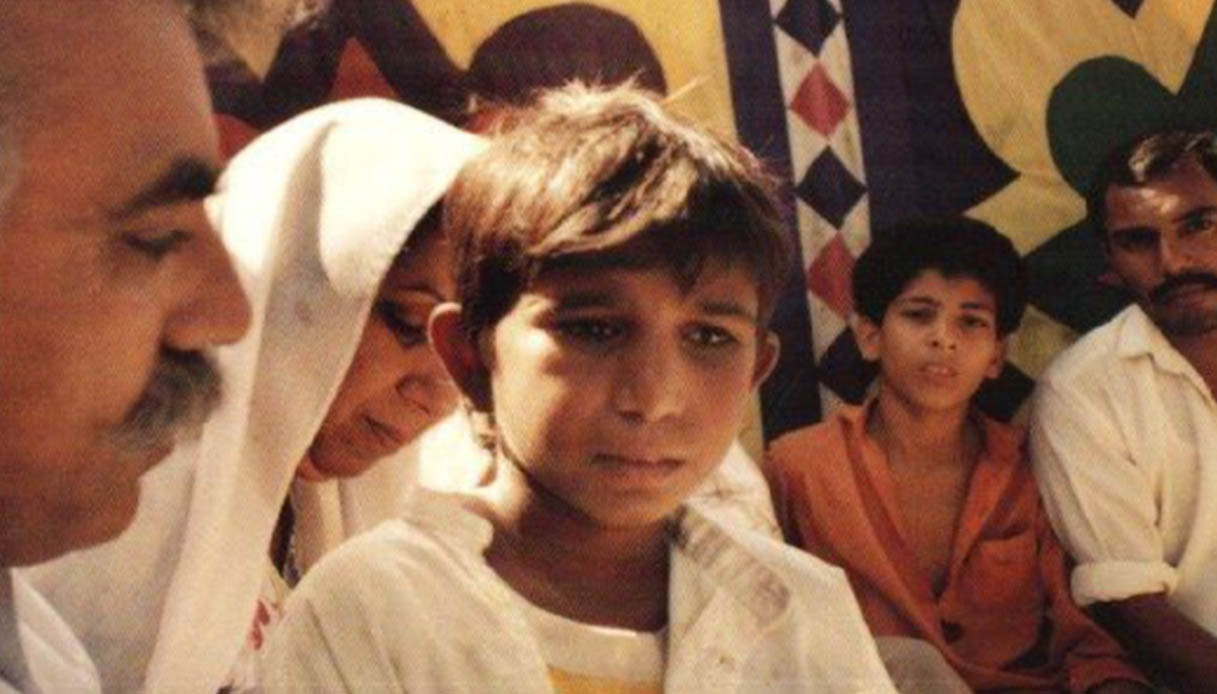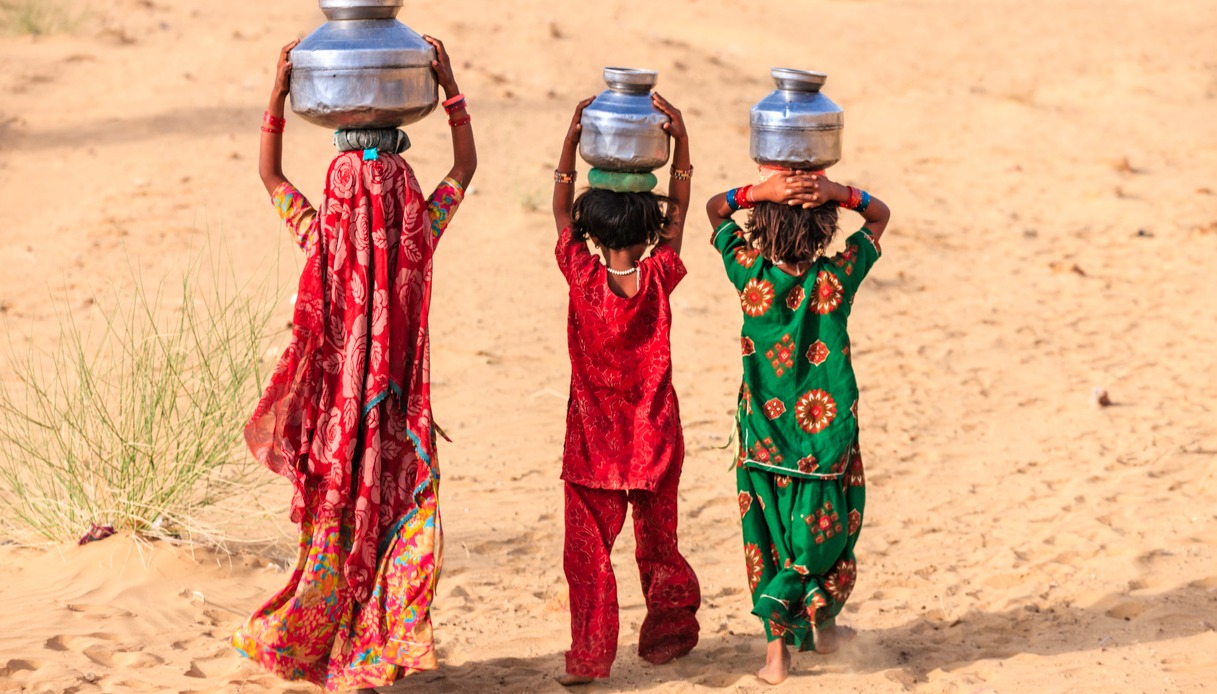Table of Contents
Seeing those small and soft hands used in the most exhausted jobs is a real life snapshot that hurts, like a punch in the stomach and maybe even more. Why child labor is a social plague, and it is more real today than ever. And it is not enough to simply say that it is forbidden to have a clear conscience. It is a duty to do more.
June 12 is celebrated the world day against child labor established on 12 June 2002 by the International Labor Organization. It is clear that there is nothing to celebrate. Rather, there is action and also quickly, to save those millions of children whose dreams, the future and childhood are stolen.
Child labor is one of the most aberrant violations of human rights because it is committed against innocent children, to whom they are break your wings, without even too many hesitations. And it is not enough to turn away to avoid seeing the spread of a phenomenon that we consider light years away from us, child exploitation affects us all, equally.

Child labor, a plague on society
And to those who think that this is a phenomenon that affects only areas of the world characterized by poverty and social isolation – as if this were then a mitigating factor for not acting – remember that instead that of child labor is a reality that persists even in More industrialized countries.
Child exploitation
Millions of boys, girls and young minors are today employed in underpaid jobs, tiring and dangerous, which wear out the mind and heart, which destroy psychologically. Their ages range from 5 to 17, and their young bodies are exploited mainly in agriculture, the fake industry, but also in international mafia organizations, where children risk their own lives.
The phenomenon mainly involves areas considered fragile, those affected by wars, conflicts and calamities. Those devastated by poverty. That’s where man’s cruelty takes effect, through a massive recruitment of children, employed to mend the economy, to minimize expenses, to make a profit and make a profit. An advantage for them, hell for the children.
Because children know how to obey and do not rebel. Because they can be easily punished. Because they can get paid a pittance and sold to the highest bidder. .
This is why we can no longer turn to the other side, neither on 12 June – world day against child labor – nor all the other days of the year. We can’t do it, governments can’t do it, and neither can entrepreneurs. Nobody can do it anymore.
Iqbal Masih and that story that no one should ever forget
“No child should ever hold a work tool. The only work tools a child should hold are pens and pencils ”. So said Iqbal, so Iqbal died. His story is real, raw and naked. And it hurts. But it deserves to be told and remembered.
Iqbal Masih was a Pakistani child, who has become the symbol of the fight against child labor, despite his young age. Sold by his father to a carpet manufacturer, he begins an endless slavery. He was forced, by his master, to work in inhumane conditions, chained to a loom and poorly fed. But he was not alone, Iqbal was one of the many children who worked, and still do, in Pakistan. Because their hands are fast, and their wages are kept to a minimum. And because children can’t rebel, they don’t know how to protest.
Iqbal is different though, he protests. He decides to tell his story, to make it known. A lawyer from the BLLF (Front for Liberation from Enslaved Labor) helps him in this mission. “I am no longer afraid of him – says the child referring to his master – he is afraid of me, of us, of our rebellion” .
Iqbal continues to tell his story and thanks to the support of the BLLF he begins to study. He has big dreams: wants to become a lawyer. But his history of freedom is too short: on April 16, 1995 he was shot point blank. He was not even 13 years old and his childhood had already been taken away from him. But this was not enough. So Iqbal died.

Iqbal Masih
Child labor and the disconcerting data
In 2015, the report of the International Labor Organization (ILO) and the United Nations Children’s Fund (UNICEF) published on the occasion of the world day against child labor revealed a terrible reality: children forced to work, in the world, they are 160 million. Compared to four years earlier, the figure has increased by over 8 million children. And this does not bode well for the future.
It is mainly children aged between 5 and 11 who are involved and represent more than half of the global number. Most of them are employed in jobs that threaten their health, safety and integrity.
The report shows that most of them are employed in the agricultural sector (about 70%) and who obviously do not have access to studies and therefore only increase educational and cultural poverty which in turn causes other and disastrous consequences.
After years of struggles by associations, organizations and governments to eradicate this cancer from society, this commitment has come to a halt due to the advent of the global pandemic, thus causing a marked deterioration.
The situation today
The data on small slaves are constantly deteriorating. This was stated by a new report published by the International Labor Organization and by UNICEF. Between closed schools, economic problems and poverty, families are forced to make difficult choices and often they see children become defenseless victims of a situation with no apparent way out.
Although the numbers mainly concern poorer and more marginal territories, even Western countries are not exempt from them. In Italy, for example, there are over 300,000 children and adolescents to work in conditions that jeopardize their health and safety. Data, these are upsetting but which can no longer be ignored.
The numbers, in Italy and around the world, they are dramatic. However, we cannot forget that behind these statistics there are the stories, those of the children forced to work. There is the story of Iqbal Masih, of his courage to rebel and of that journey to freedom that was interrupted too quickly. There is the story of the small Indian miners – over 20,000 – of Jharkhand and Bihar, who risk their lives every day, working in conditions of semi-slavery, inside the mines for the extraction of mica. And there are many other stories like theirs.
For this reason we can no longer limit ourselves to saying that child labor is forbidden to have a clear conscience, or to be indignant only when the news and the media talk about it and then forget about it. We need to do more, we all need to do more.

child labor
Read also







